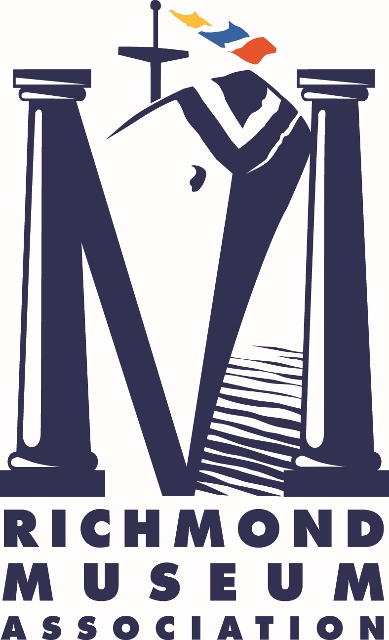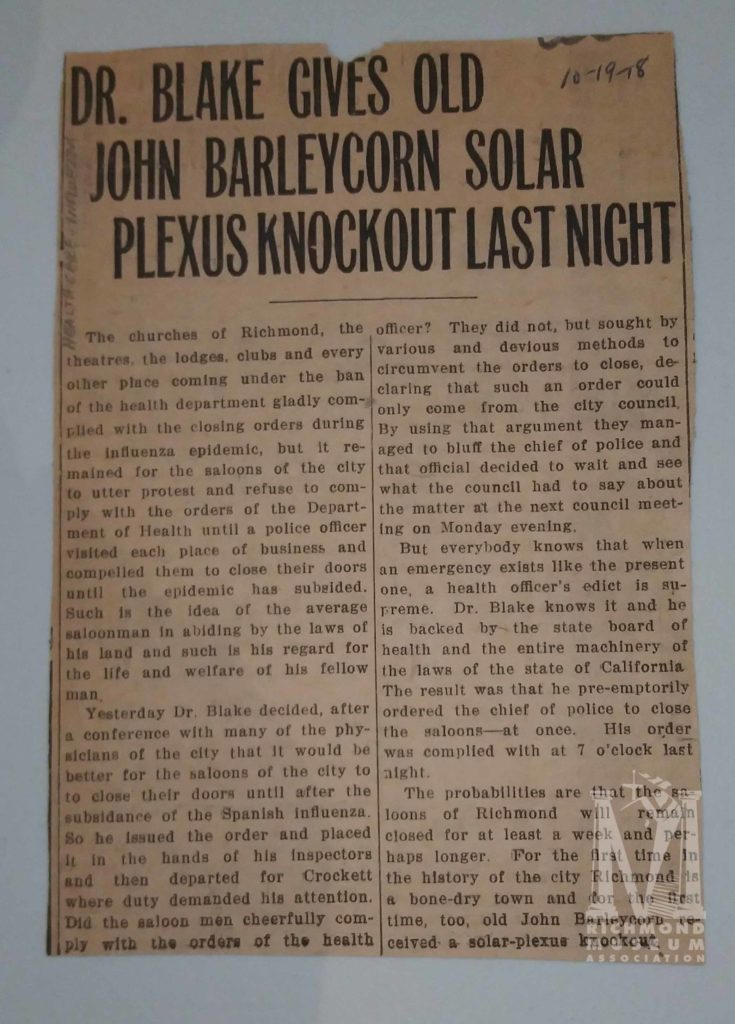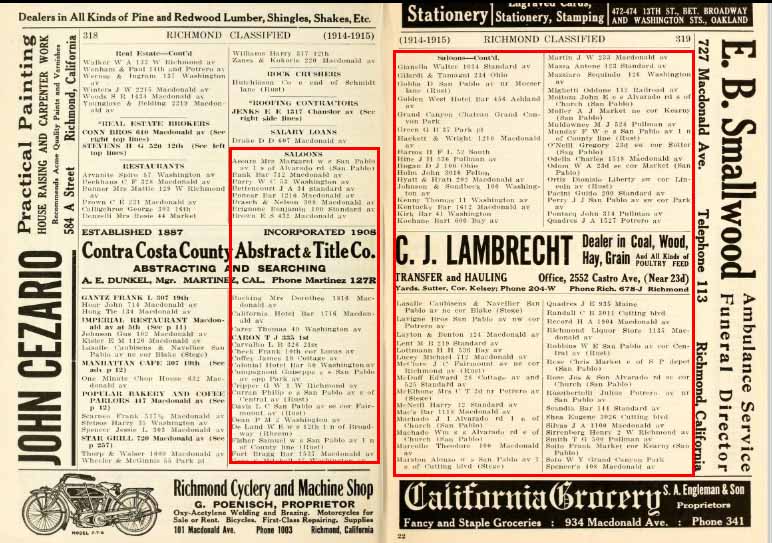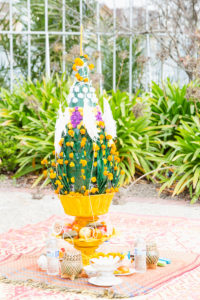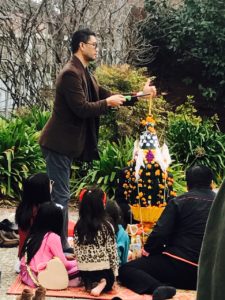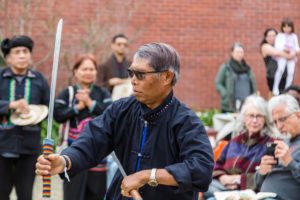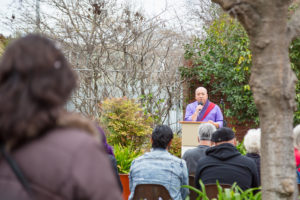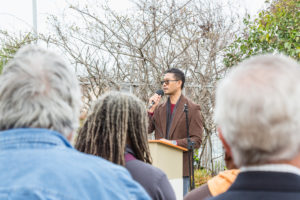Healthy Living Poster Design Contest
Richmond Museum of History & Culture
CALL FOR SUBMISSIONS!
Healthy Living Poster Design Contest
Prize $1,000
SUBMISSION DEADLINE: Saturday 05/29/21 by 5:00 p.m. PST
The Richmond Museum of History & Culture invites submissions of posters with artwork in the theme of living healthy in the modern world. We encourage posters that promote the following themes: safe driving, healthy food & drink, safe sex, exercise, mental wellness, wear a mask/wash your hands, and/or brush your teeth. All subject matter that promotes a healthy lifestyle will be considered, so please be creative! We especially encourage posters that appeal to youth, teenagers and young adults.
The Museum will choose three winning designs and each artist with a winning design will be awarded a prize of $1,000. Contest winners will be notified via email by June 7, 2021.
The winning designs will be printed for the following purposes: 1) 50 posters will be distributed free to local community centers and schools and 2) 50 posters will be sold in the Museum gift shop. The winning designs will be included in an exhibit exploring the history of health and wellness in Richmond forthcoming in Fall 2021.
The contest is supported by a Neighborhood Public Art grant through the City of Richmond Arts & Culture Commission.
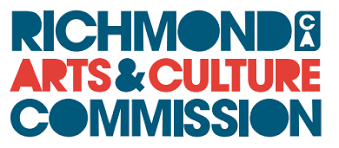
******************************************************************************
SUBMISSION DIRECTIONS:
1) Create a submission with the following information:
- Artist’s Name: First name, Last name
- Contact Info: Mailing Address; Contact Phone Number; E-Mail Address
- Statement (100 words maximum)
- Send images as attachment (Jpeg only)
- Required dimensions are 16”x 20”
2) EMAIL SUBMISSIONS to: melinda@richmondmuseum.org with subject line “2021 Healthy Living Poster Contest”
SUBMISSION TERMS & AGREEMENTS:
The Richmond Museum of History & Culture reserves the right to change or alter the schedule of this contest and/or exhibition at any time. Submission materials will not be returned to applicants and any files received by the museum will be deleted if not used in the exhibit.
